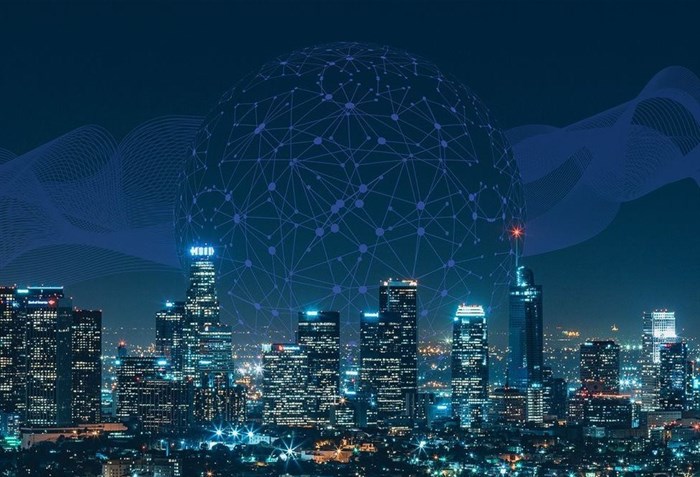Smart cities need smart energy solutions
14 months ago, Siemens installed a microgrid at its headquarters in Midrand, Gauteng, and data shows it is using 50% less supplied energy and drawing it from solar resources instead. By extracting energy off its microgrid, the company has saved 2,435,000 kWh (2.4GWh). That translates into 174,000 kWh per month, which represents 50% of the office park’s normal consumption.

To put this into perspective, the 174,000 kWh that is saved through the microgrid each month is the same amount of energy used by 50 average South Africa households per year.
“The project provides a showcase for this vision of smart cities across Africa. This small scale example shows that it doesn’t have to remain a futuristic dream – it’s a reality that we can start working toward today,” says Sabine Dall'Omo, CEO of Siemens Southern and Eastern Africa.
We already have a proven solution that will help save energy, cut costs, lower carbon emissions and ensure uninterrupted power. Everything from installation to operating costs has been tracked to present a realistic case study for the South African context, and the results to date are convincing.“The DES solution installed at our office park serves as an active example of our belief in the solution and the sustained benefits it creates. It’s a miniature version of a smart city and proves that this is an achievable goal”, says Dall’Omo.
Aim to achieve carbon neutrality by 2030
The real-life case study, implemented in an existing office building, shows impressive savings in terms of cost, as well as harmful emissions (2,460 tons of CO2 saved to date). Combining efforts from local and global Siemens experts, this is the first Siemens Distributed Energy System (DES) solution of its kind in Africa.
It is also the first time that Siemens has installed the system in one of its own buildings, this solution corresponds with the company’s goal to achieve carbon neutrality by 2030 through energy efficiency, decentralised energy systems, and the purchasing of clean electricity.
The system can be replicated and adapted to provide reliable, more efficient power to businesses, corporate parks, manufacturing plants, hospitals, schools, small communities and large-scale smart cities. The office park covers xxxm2 and accommodates 800-1000 workers daily.
Progress
DES results to date:
- Track record shows 14 months of uninterrupted power.
- Siemens has saved about 2,460 tons of CO2 since the system was opened (174,000 kWh per month).
- Siemens has saved 174,000 kWh per month, which is enough to power 50 average South African households for a year.
- This represents exactly 50% of the baseline consumption – but the past few months have shown closer to 60% less consumption due to system optimisation and battery usage.
- The initial payback period calculated for the system was 11.1 years (Capex, financing, maintenance, conservative power price inflation).
- Tariff increases, however, and taking the actual production figures into consideration, Siemens are confident that the full payback will be achievable in under 10 years.
The Siemens Distributed Energy Systems
The system is built around a 1 MW PV-solar plant strategically positioned throughout the Siemens Park campus that takes full advantage of the African sun. Captured solar power is then integrated into the Microgrid controller. Excess energy is stored in a 140KWh battery with the entire system monitored, visualised and controlled via an IoT (Internet of Things) energy platform.
Distributed Energy Systems are the ideal solution for Africa because they’re designed to be adaptable. It also means you can have diverse power supplies, such as solar or wind during the day, then switch over to other forms of generation like biomass when the conditions for renewables are poor.
“One of the most exciting aspects of a microgrid system is the potential for storing and exchanging power. For example: an office park that generates a lot of power during the day could pass that stored power along to a nearby residential community to be used at night. Depending on the setup, any power generated by the community overnight can in turn be transferred back to the office park for use during the day. Such symbiotic relationships between business and communities could result in massive savings across the board and make huge leaps toward a cleaner energy environment in SA”, says Dall’Omo.
The challenges currently facing Africa’s energy sector are urging private businesses, communities and educational institutions to curtail their dependence on the traditional, centralised model of linear power generation and delivery, and to identify efficient power generation solutions.
Siemens DES is designed to provide uninterrupted power and ensure a steady and reliable electricity supply for the continent’s growing demand. Industry, hospitals, corporate parks and small communities for example, can also improve their energy costs and operations by adapting similar strategies and implementing DES.